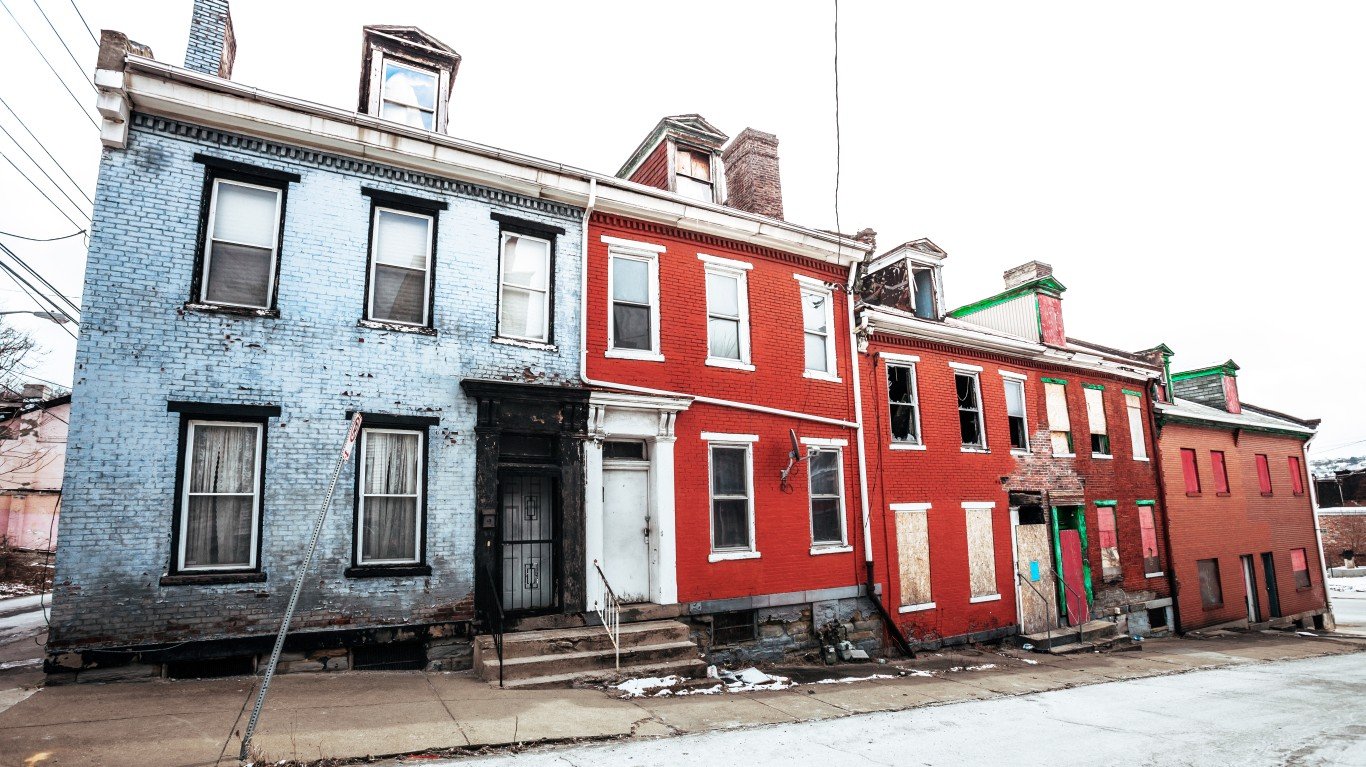
Source: Thinkstock
The index evaluates six information components on a mortgage application: employment, identity, income, occupancy, property and undisclosed debt. The only risk category to show a year-over-year gain was undisclosed debt, up 1.7%. The other five risks slipped anywhere from 7% to nearly 23%.
The five states with the highest fraud risk are Florida, New York, Hawaii, New Jersey and Nevada.
The highest year-over-year growth in application fraud risk was noted in Louisiana, up 17.1% compared with the second quarter a year ago. The states rounding out the top five are the District of Columbia (9.1%), Hawaii (7.6%), Delaware (7.6%) and Pennsylvania (7.5%).
An executive at CoreLogic said:
Although overall fraud trends are stable to decreasing for most of the country, some geographies warrant scrutiny. One such area is the Miami CBSA [Core-based Statistical Area], which ranks atop the CoreLogic fraud list of metropolitan areas. Of particular concern is that house prices in Miami appear to be overheated, as indicated by the CoreLogic Market Condition indicators. Moreover, house prices in the Miami CBSA have been accelerating at a far greater pace than have rents for single family homes, suggesting that prices may not be a good indictor of sustainable value. This combination of risk facts makes areas like Miami worth paying attention to.
Employment application-fraud risk, where a borrower misrepresents employment information, dropped 7%. Lying about income fell 7.3% year over year and identity fraud risk fell 22.7%. Fraud risk fell 7.4% for property fraud, where a borrower intentionally misrepresents the market value of the property. Fraud risk fell 17.1% year over year on occupancy fraud, where borrowers misrepresent their intentions to occupy the mortgaged property.
The five states with the largest year-over-year declines in application fraud risk are Kansas (down 32.5%), Indiana (down 28.1%), Nebraska (down 27.3%), Connecticut (down 25.5%) and Nevada (down 21.7%).
ALSO READ: Why PulteGroup, DR Horton and Lennar Are Good Buys Now
The five metropolitan areas with the highest year-over-year growth in application fraud risk are:
- Tulsa, Okla., up 54.1%
- McAllen-Edinburg-Mission, Texas, up 44.6%
- Urban Honolulu, Hawaii, up 35.8%
- Cleveland-Elyria, Ohio, up 32.8%
- Knoxville, Tenn., up 23.3%
The five metro areas with the largest year-over-year declines are:
- Bridgeport-Stamford-Norwalk, Conn., down 40.5%
- Hartford-West Hartford-East Hartford, Conn., down 32.2%
- Oklahoma City, Okla., down 32.1%
- Charlotte-Concord- Gastonia, N.C., down 29.6%
- Memphis, Tenn.-Miss.-Ark., down 29.4%
Essential Tips for Investing: Sponsored
A financial advisor can help you understand the advantages and disadvantages of investment properties. Finding a qualified financial advisor doesn’t have to be hard. SmartAsset’s free tool matches you with up to three financial advisors who serve your area, and you can interview your advisor matches at no cost to decide which one is right for you. If you’re ready to find an advisor who can help you achieve your financial goals, get started now.
Investing in real estate can diversify your portfolio. But expanding your horizons may add additional costs. If you’re an investor looking to minimize expenses, consider checking out online brokerages. They often offer low investment fees, helping you maximize your profit.
Thank you for reading! Have some feedback for us?
Contact the 24/7 Wall St. editorial team.



